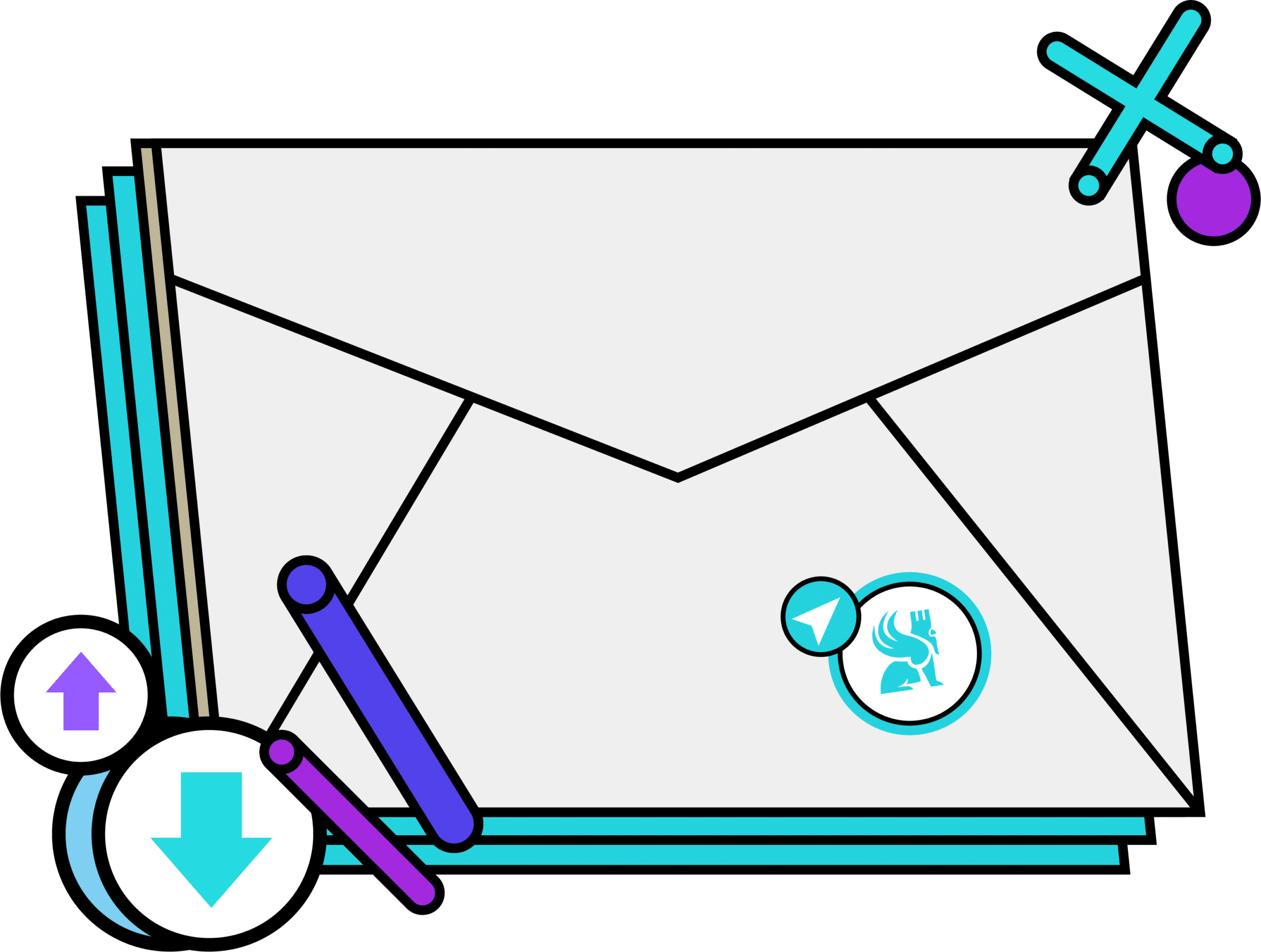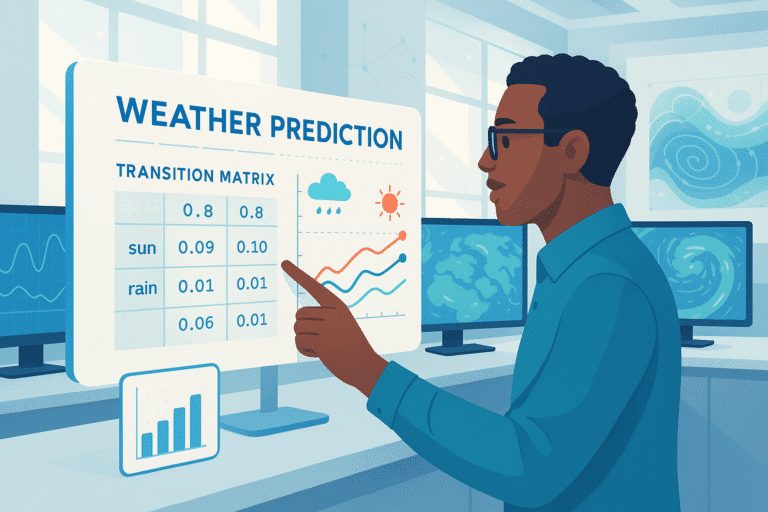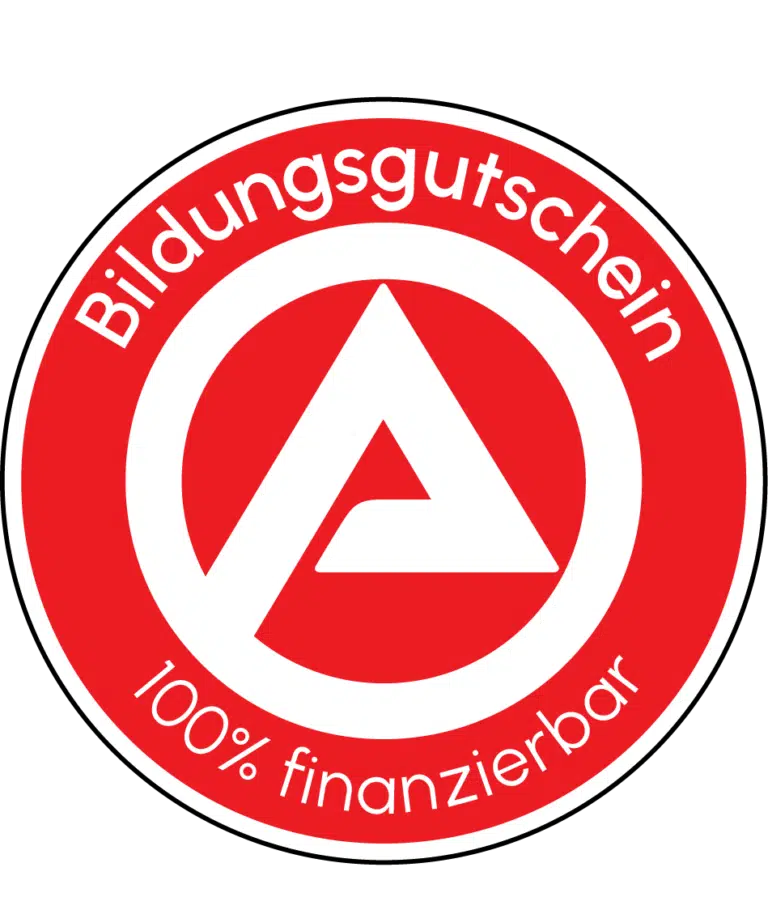Generative artificial intelligence has opened a new chapter in visual creation, and Midjourney stands out as one of the most powerful tools. However, the quality of the results entirely depends on your ability to formulate effective prompts (textual commands). Consequently, Prompt Engineering has become an essential skill to obtain precise, creative, and professional images using this AI.
What is Prompt Engineering?
Prompt Engineering is a crucial discipline involving the formulation of precise and detailed instructions to guide a generative artificial intelligence, such as language or image models, towards specific and optimal outcomes. Unlike classic queries used in search engines, this practice demands a methodical and thoughtful approach, incorporating technical parameters, creative constraints, and well-defined goals.
Why is it essential to write good prompts?
This skill has gained importance for several key reasons. It offers complete artistic control over the final renders, enabling users to refine every detail according to their precise vision, whether for an illustration, text, or graphic design. It also significantly reduces generation time by minimizing trial and error cycles, accelerating workflows, and enhancing productivity.
Furthermore, Prompt Engineering allows for the consistent replication of styles across multiple creations, a vital feature for brands, artists, or design teams seeking to maintain a uniform visual or narrative identity. Ultimately, it optimizes the professional use of AI in demanding fields such as marketing, design, or writing, where precision and efficiency are crucial.
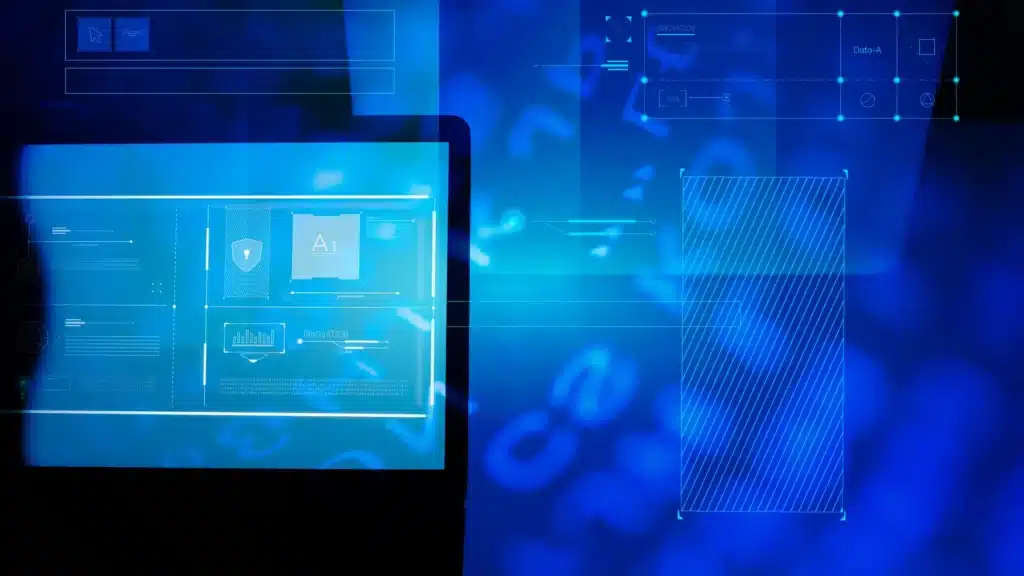
How does Midjourney work?
Midjourney is not merely a simple generative artificial intelligence for images. It is a tool in its own right, with its codes, constraints, and nuances. Unlike other visual generators, Midjourney is operated via Discord, which involves a command-line interface that might be daunting for beginners. Each prompt is manually typed into a specific channel, preceded by a /imagine command, requiring a certain rigor from the very start.
Example:
/imagine “Portrait of an astronaut in a retro-futuristic style, shiny silver suit, neon purple and blue background, dramatic lighting, close-up shot, photorealistic render –ar 3:4 –v 6 –style raw”
Midjourney’s algorithm is particularly sensitive to formulation. It does not interpret the prompt like a human but as a sequence of instructions to be followed. The word order, vocabulary style, or even the use of punctuation can influence the final render. Additionally, powerful technical parameters can be introduced: the –ar command lets you define the image ratio (for instance, –ar 16:9 for landscape format), while –v selects the version of the model used (differing in style and quality between versions). Other settings like –stylize affect the AI’s artistic freedom, from raw realism to highly stylized interpretation.
Overall, Midjourney has been trained on an extensive corpus of images, enabling it to replicate a wide range of visual styles, from minimalist drawing to cinematic photorealism. More importantly, Midjourney rewards clear, well-structured prompts using a precise visual vocabulary. It is a demanding but immensely powerful tool for those who master its use.
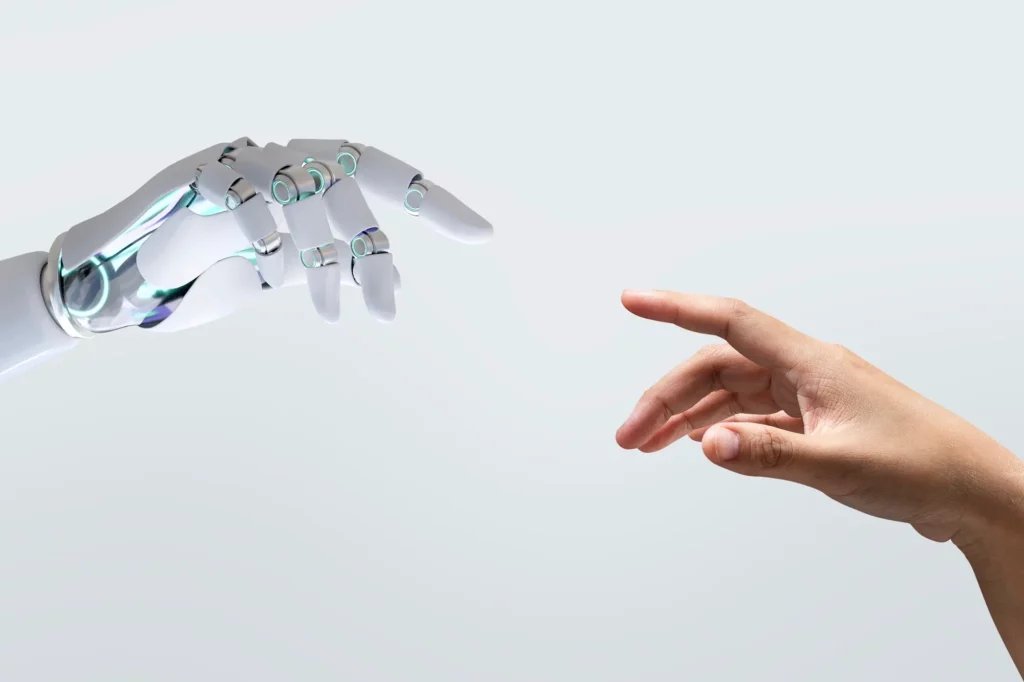
Basics to know for writing a good Midjourney prompt
Writing a good prompt in Midjourney involves more than merely describing what you want. It is an exercise in precision and vision. Every word matters, and each term guides the generator towards a particular aesthetic, framing, or mood. Understanding the fundamentals of prompt engineering is about establishing clear communication between humans and artificial intelligence.
The structure of an effective prompt
A well-crafted prompt follows a simple yet rigorous logic. It generally begins with the main subject, which defines what should appear in the image: a person, an object, a scene. This is followed by an artistic style, which could be realistic, surreal, pictorial, or inspired by a specific movement like cyberpunk or art deco. Next, include contextual elements: the lighting mood, the dominant colors, the background, or the desired level of detail. Finally, technical parameters specific to Midjourney, like the image format (–ar), the degree of stylization (–stylize), or the model version (–v 6), allow for fine-tuning the render.
Best practices to start well
To make the most of Midjourney, adopting a clear and descriptive approach is essential. The more precise a prompt is, the higher the chances the AI will produce an image closely matching the initial intent. It’s not just about using lots of adjectives but choosing words that convey a coherent vision. It’s more effective to say “portrait of an astronaut in a retro suit, studio lighting, 70s style” than “a cool astronaut“. Using visual terms, cultural references, or well-defined artistic styles is a powerful tool to guide the AI. Conversely, vague or abstract formulations can lead to unpredictable or disappointing results.
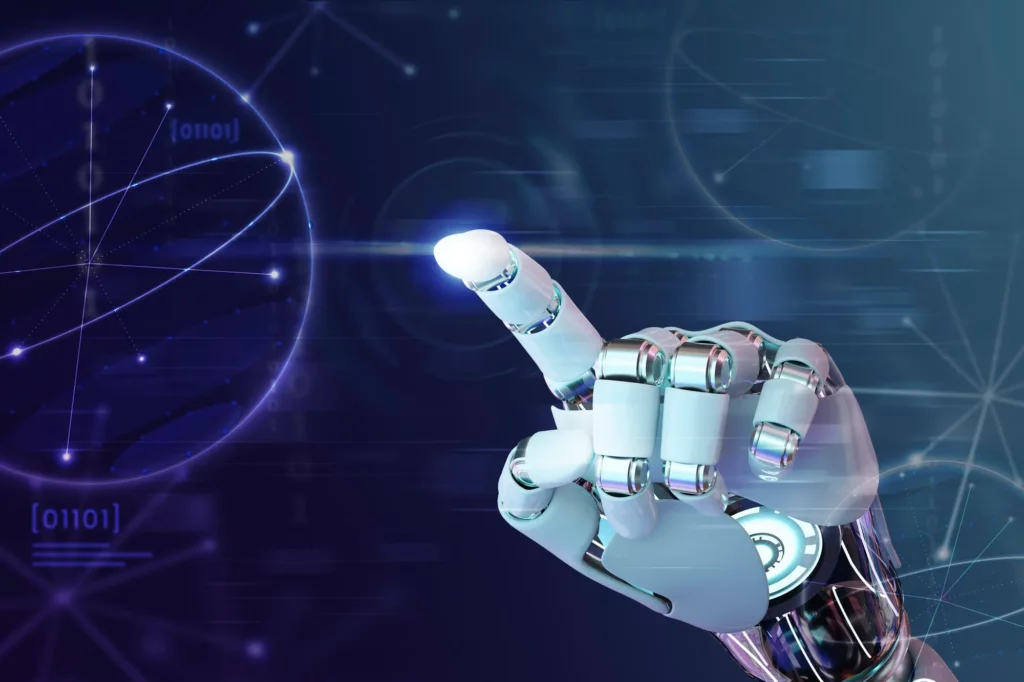
Frameworks to master Prompt Engineering on Midjourney
1. "Subject + Style + Context" Framework
Mental shortcut: What + How + Where/When
This framework is the simplest and most versatile. It enables the creation of a clear prompt by first describing the main subject, followed by the desired artistic style, and finally the context in which the subject exists. It is particularly useful for illustrative scenes, portraits, and balanced visual compositions.
Example:
/imagine “A fox, Japanese watercolor style, running in a snowy forest at dusk –ar 16:9 –v 6”
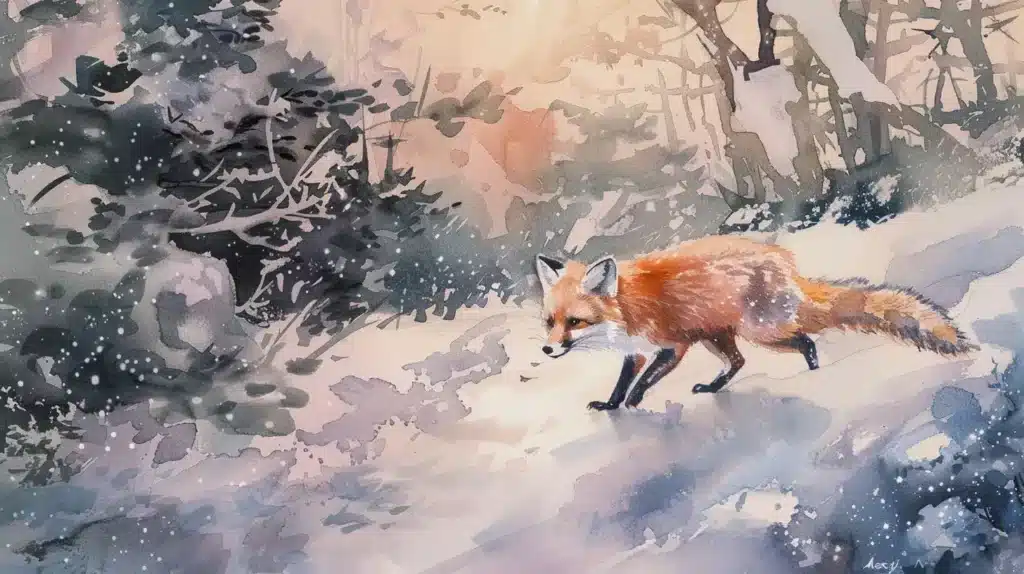
2. "Artistic Reference" Framework
Mental shortcut: As if it were painted/filmed by…
This framework involves directly incorporating a cultural or artistic reference into the prompt: a famous painter, an artistic movement, a director, or a photography style. It directs the AI towards a specific visual style with just a few words.
Example:
/imagine “Futuristic city by the water, Moebius style, pastel colors, dreamlike ambiance –ar 21:9 –v 6”
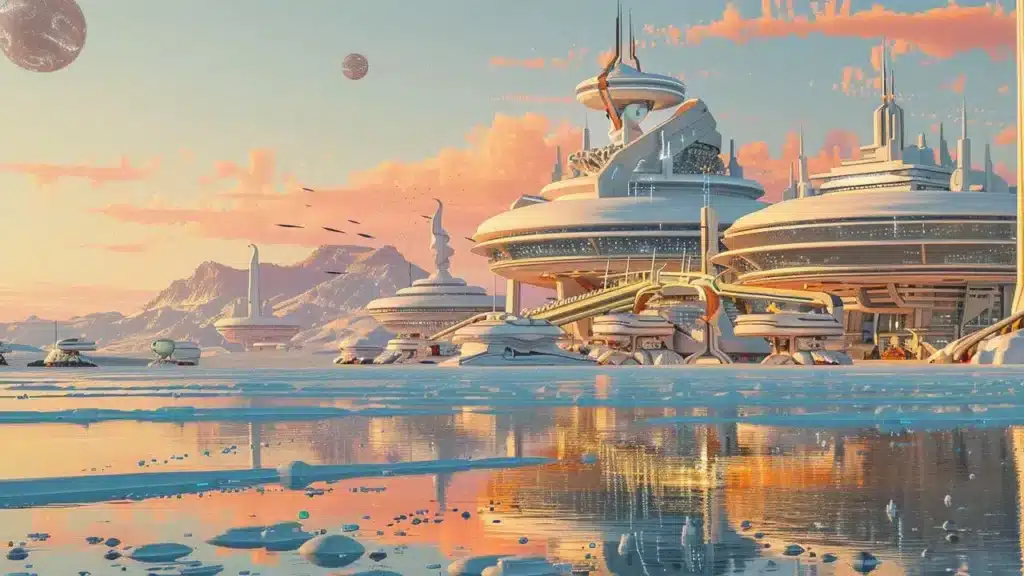
3. "Emotion + Subject + Palette" Framework
Mental shortcut: What I want to evoke + what I show + how I color it
This model starts with an emotion or feeling (melancholy, joy, tension…) to shape the composition. It is very effective for narrative or evocative visuals, such as a poster, cover, or poetic illustration.
Example:
/imagine “Solitude, silhouette of a man under a streetlamp, night blue and soft orange palette, light rain –v 6 –style raw”
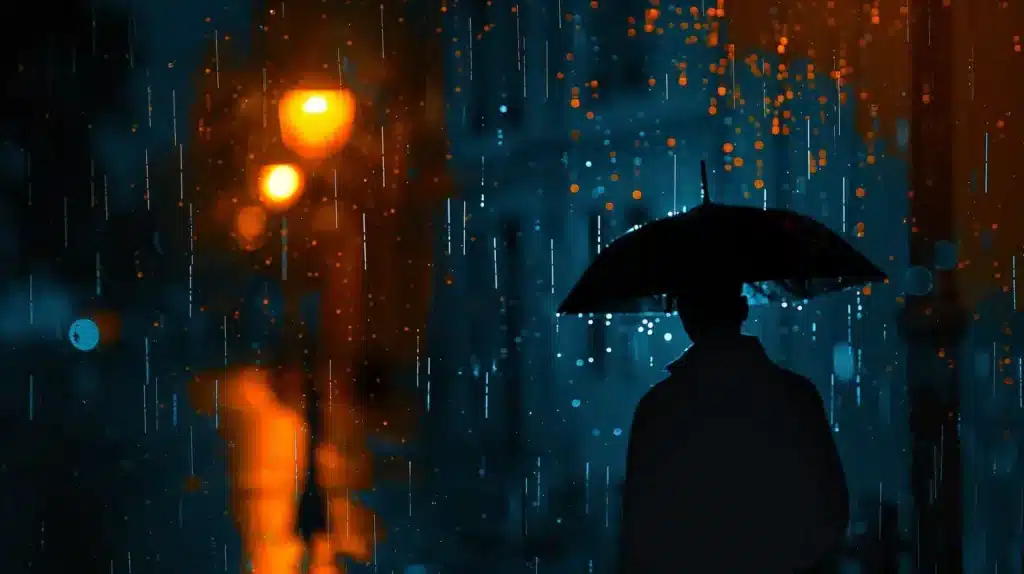
4. "Narrative Scene" Framework
Mental shortcut: Visual mini-storytelling
In this framework, a scene is described as if writing a film or novel excerpt. This approach works well for creating complex, dynamic, or detail-rich images, especially in fantasy, science fiction, or historical contexts.
Example:
/imagine “An astronomer observing a starry sky from the top of an ancient tower, clear nighttime sky, visible constellations, lantern light illuminating the stones, calm and mystical ambiance –ar 16:9 –v 6”

5. "Targeted Technical Parameters" Framework
Mental shortcut: It’s the command that directs the style
This model relies on mastering Midjourney’s technical modifiers: version, style, format, stylization, chaos, seed, etc. It is especially useful for refining a render, comparing several versions, or pushing the generator to its limits.
Example:
/imagine “Isolated wooden cabin by a frozen lake, pink sky at sunrise, soft light and peaceful ambiance –ar 16:9 –v 6 –style raw –stylize 500 –chaos 20”

What are the errors to avoid when writing a Midjourney prompt?
1. Being too vague
Terms like “beautiful landscape,” “cool image,” or “stylish character” provide no significant direction to the AI. The more vague a prompt, the more generic or random the outcome will be.
2. Accumulating contradictory ideas
Trying to blend incompatible elements like “sunny night,” “realistic in cartoon style,” or “portrait in action” confuses the prompt’s purpose. Midjourney will attempt a synthesis… often resulting in strange outcomes.
3. Ignoring version constraints
Certain parameters like –style raw, –style scenic, or –niji are not compatible with all versions of Midjourney. Using an obsolete or incompatible parameter can either generate an error or activate a default mode without the user being aware.
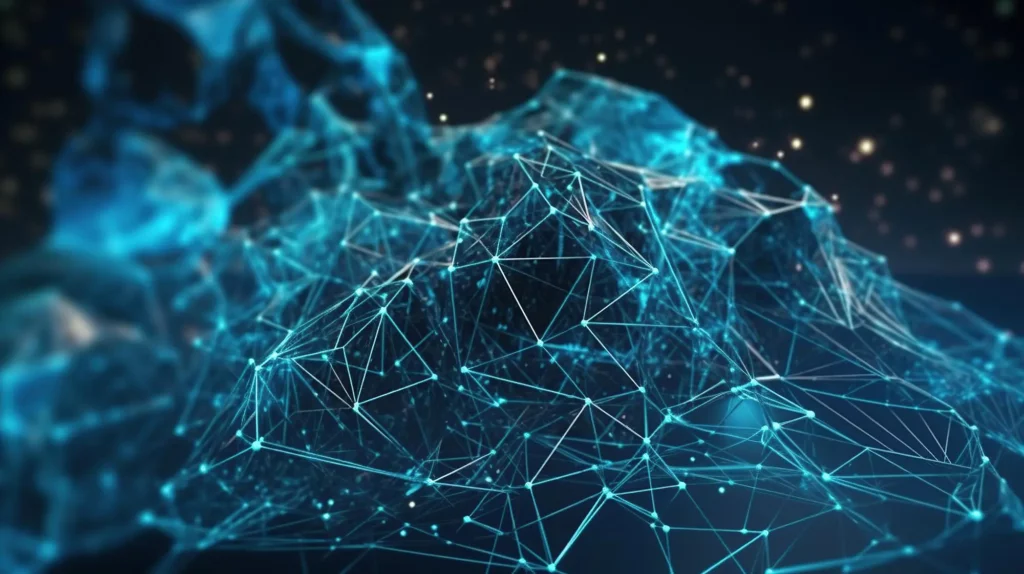
4. Using overly literary or abstract formulations
Midjourney does not comprehend complex metaphors or poetic intentions. Expressions like “the solitude of a forgotten world” or “hope on the brink of nothingness” may produce disconnected results.
5. Overloading the prompt with too much information
An overly detailed prompt, filled with adjectives or layered instructions, can overwhelm the engine, leading to confusing, imprecise, or unaesthetic images.
6. Neglecting image parameters
Failing to specify an –ar (format) or a –style when a specific render is required can diminish visual impact. By default, Midjourney generates in 1:1, which may not always suit the project (poster, wallpaper, thumbnail, etc.).
What tools and resources for prompt engineering?
Prompt engineering does not rely solely on inspiration: it also depends on the right tools. Whether for idea generation, visual analysis, parameter refinement, or prompt writing automation, several platforms have emerged to assist creators in leveraging Midjourney effectively.
Here is a selection of the most useful tools, categorized by function, with direct links to enhance efficiency and creativity:
Tool | Utility | Link |
PromptHero | Prompt library | |
Lexica | Visual search engine | |
ChatGPT | Generation assistant | |
Midjourney Showcase | Official gallery | |
Prompt Params | Parameter generator |
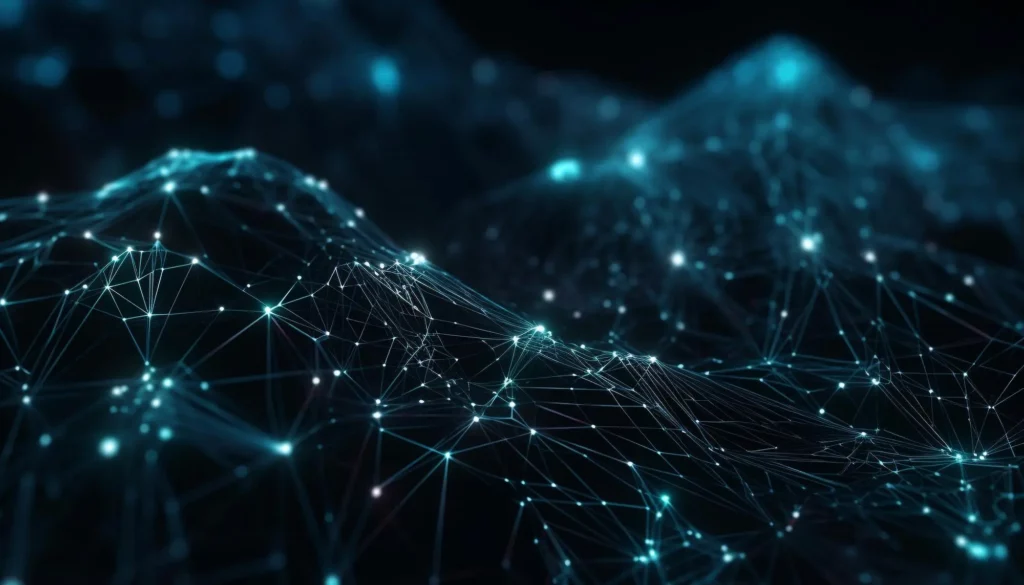
What degrees for a professional contract?
The professional contract provides access to a wide variety of recognized certifications, tailored to meet market demands. It facilitates earning professional degrees such as a CAP, professional baccalaureate, BTS, or even a professional license.
Simultaneously, this system enables the preparation for professional titles listed in the Répertoire national des certifications professionnelles (RNCP), thus ensuring their official recognition. It also offers the possibility of obtaining a professional qualification certificate (CQP) or a certification validated by a national branch collective agreement, aiding integration and advancement in specific sectors.
Conclusion
Midjourney Prompt Engineering is transforming from an intuitive practice into a well-defined technical discipline. Mastering these concepts elevates you from a user to an enlightened creator. By combining effective frameworks, carefully chosen parameters, and the right tools for inspiration or refining your method, one progresses from random attempts to true AI-assisted artistic direction. This is where the difference lies between an ordinary image and a creation that captivates both the eye and the imagination.



